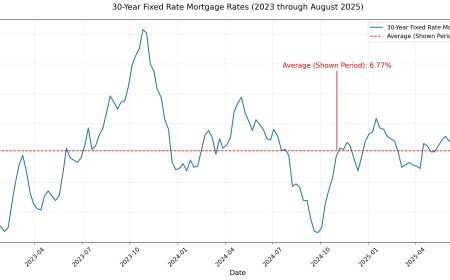Dollar-Cost Averaging: A Simple Strategy for Risk Reduction
Learn how dollar-cost averaging reduces investment risk through systematic investing. Discover implementation strategies and when this approach works best.

Dollar-cost averaging (DCA) is an investment strategy that reduces timing risk by investing fixed amounts at regular intervals regardless of market conditions. Instead of investing a lump sum all at once, you spread purchases over time, automatically buying more shares when prices are low and fewer shares when prices are high.
This mechanical approach removes emotion and market timing from investment decisions, making it particularly valuable for nervous investors or those new to investing. DCA works best in volatile markets where prices fluctuate significantly, when investing regular income like salary contributions, and for beginners who lack market experience or confidence.
The primary benefits include reduced timing risk since you're not trying to pick the perfect entry point, emotional discipline through automation that prevents reactive decisions, lower average costs in volatile markets, and accessibility for smaller investors who can't afford large lump sum investments.
However, DCA has limitations. Since markets trend upward over time, lump-sum investing typically outperforms DCA in rising markets. Research shows lump-sum investing beats DCA approximately 68% of the time historically, because you benefit from immediate market exposure rather than gradually entering the market.
Implement DCA through automatic transfers from checking accounts to investment accounts, regular 401(k) contributions from payroll deductions, systematic mutual fund purchases, or robo-advisor platforms that automate the process. Optimal frequencies balance trading costs with timing risk, typically ranging from weekly to monthly intervals.
Consider hybrid approaches that combine both strategies. For example, invest lump sums immediately in diversified index funds to capture broad market exposure, while using DCA for individual stocks or specific sectors where timing matters more. This approach balances the mathematical advantage of lump-sum investing with the behavioral benefits of DCA.
DCA works particularly well for 401(k) contributions, where you're investing regularly from each paycheck anyway. It's also valuable when you receive irregular income like bonuses or tax refunds and want to invest systematically rather than all at once.
Remember that DCA is best viewed as a behavioral tool for consistent investing rather than a return-maximizing strategy. The goal isn't to beat lump-sum investing but to make investing more comfortable and sustainable, leading to better long-term outcomes through consistent participation in market growth.
What's Your Reaction?
 Like
0
Like
0
 Dislike
0
Dislike
0
 Love
0
Love
0
 Funny
0
Funny
0
 Angry
0
Angry
0
 Sad
0
Sad
0
 Wow
0
Wow
0







































